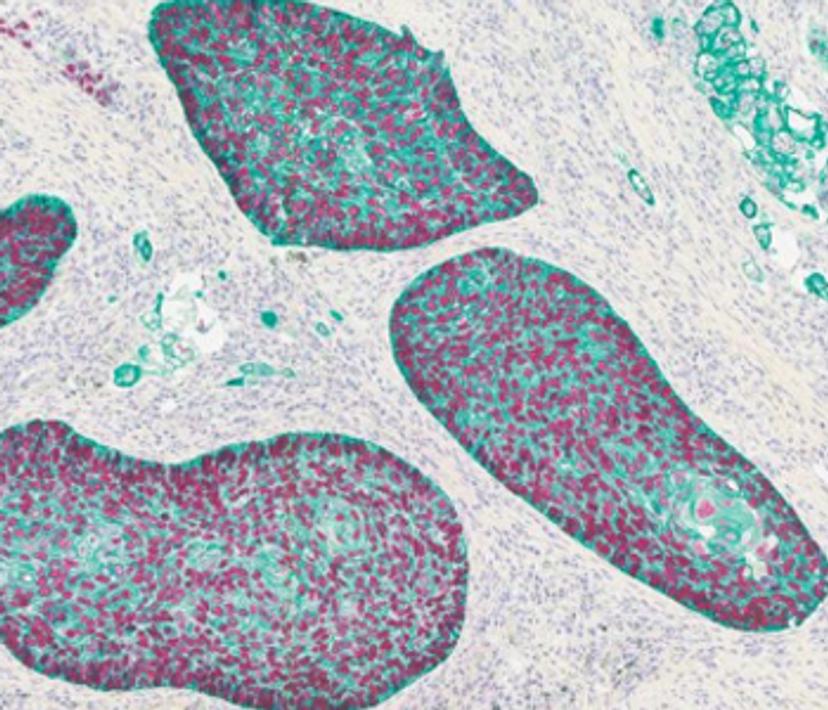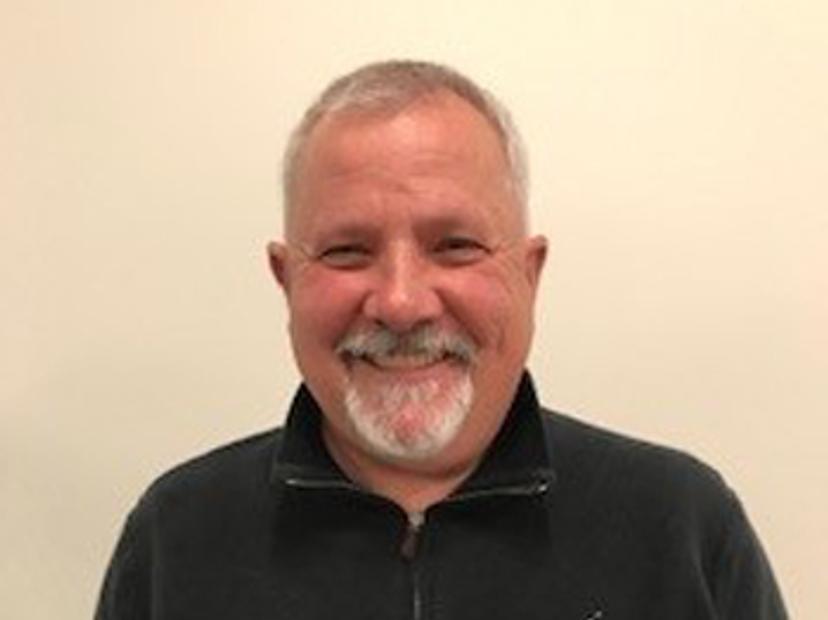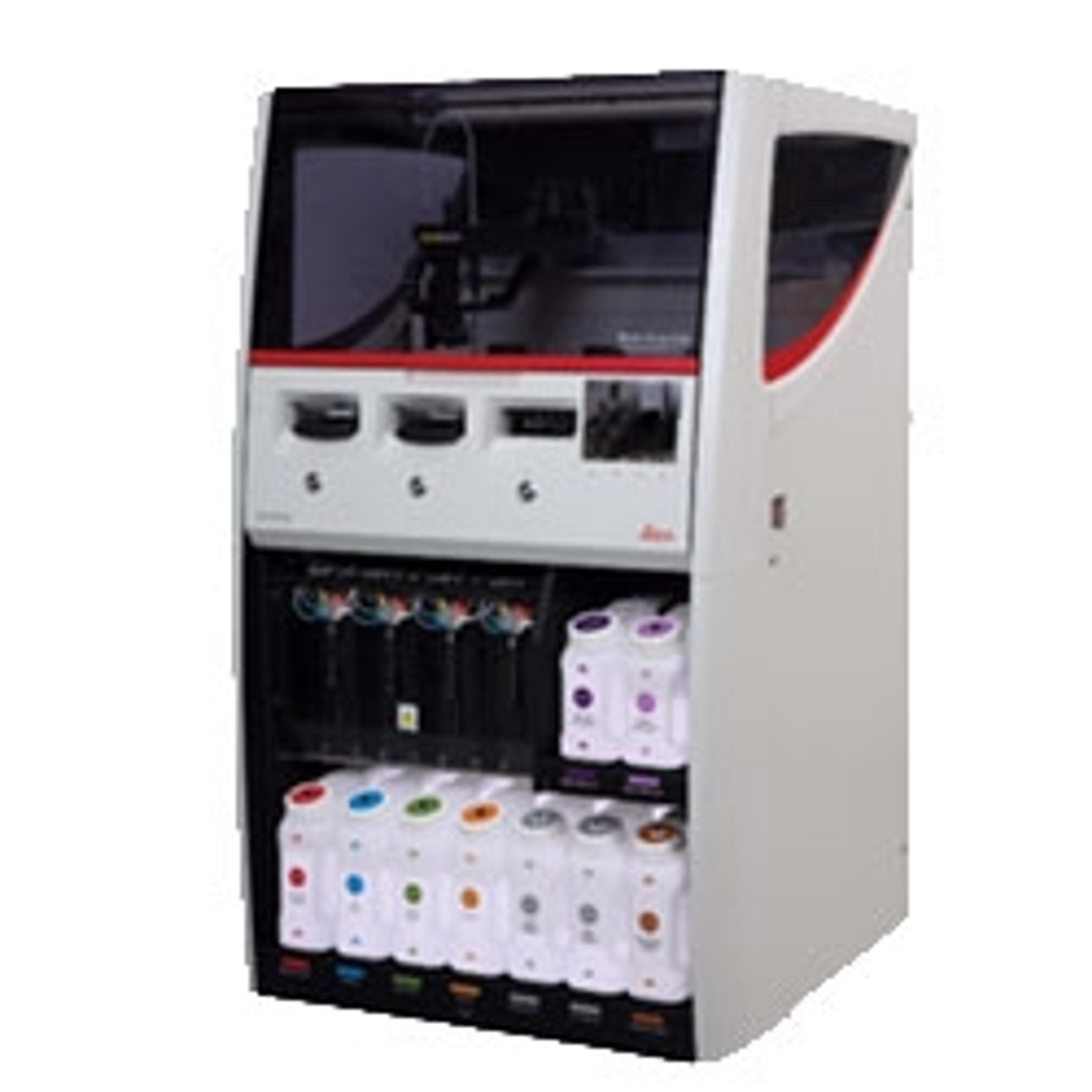Automated spatial biology technology accelerates tissue-based research
Automation of emerging technologies is fast-tracking spatial biology breakthroughs
16 Nov 2023
The field of spatial biology is evolving rapidly, thanks to groundbreaking technologies and innovative collaborations. The introduction of automation now enables researchers to perform high-throughput, single-cell, and spatial multi-omics with minimal user input.
The BOND RX Fully Automated Research Stainer from Leica Biosystems provides an easy way for labs to fully automate immunohistochemistry (IHC), in situ hybridization (ISH), fluorescence in situ hybridization (FISH), circulating tumor cell (CTC), multiplexing, and other tests. By partnering with a range of Open Innovation (OI) partners, Leica Biosystems provides access to flexible automated solutions at the forefront of spatial biology research.
We spoke with two spatial biology experts about their instrumental partnerships with Leica Biosystems, Dr. Margaret Hoang, Director of Genomics Technologies at Nanostring Technologies, and Dr. Henry Lamparski, Director of IVD Development at Advanced Cell Diagnostics (ACD). Their perspectives shed light on the importance of automated tissue-based workflows.
Advantages and current limitations of spatial biology techniques
Using spatial biology techniques, researchers can study how molecules interact in a three-dimensional setting, giving a more precise view of molecular processes. Recent technological advances in ISH assay technology have revolutionized the ability to visualize gene expression at a single cell level, within an intact tissue. Additionally, developments in technology for performing spatial multiomics have enabled deeper investigation of the intermolecular dynamics between gene regulation at the epigenome level and gene expression at the transcriptome level in the same single cells.
Despite advances in spatial biology technologies, many workflows still involve manual processes, making them low throughput, time-consuming, and unscalable. Leica Biosystems developed the BOND RX to overcome these challenges, empowering researchers with the ability to fully automate emerging technologies, customize protocol segments, and ultimately help researchers make breakthroughs faster.
Increase throughput with automated whole transcriptome profiling

Dr. Margaret Hoang leads a team responsible for developing high-plex spatially resolved transcriptomic assays on Nanostring’s spatial platforms: the GeoMx® Digital Spatial Profiler and CosMx™ Spatial Molecular Imager. “These platforms function as advanced microscopes capable of counting protein and RNA molecules in tissue sections,” says Hoang. “Having the whole transcriptome with the spatial context moves researchers beyond the activity of an isolated single cell and into the world of a cell’s native habitat. For example, CosMx can be used to reveal cells talking to each other through cell signaling pathways or ligand-receptor interactions, and GeoMx can assess immune cells infiltrating or surrounding tumors.”
Through collaboration, Leica Biosystems and Nanostring have developed a fully automated GeoMx® RNA protocol on BOND RX that offers high-plex, spatial profiling of RNA and proteins in formalin-fixed paraffin-embedded (FFPE), fixed-frozen, or fresh-frozen tissue. “Our goal is to enable hands-off automated high-throughput spatial omics so researchers can get their sample-to-answer faster,” says Hoang. “The BOND RX allows us to automate the sample processing upstream of our CosMx and GeoMx instruments, ultimately improving reproducibility and throughput, minimizing manual steps, and reducing hands-on time.”
Hoang also emphasizes the importance of the customizable protocols on the BOND RX. “The flexibility of the BOND RX enables researchers to optimize critical steps like protease digestion based on tissue type and block, enhancing the precision and reliability of their experiments,” explains Hoang.
Hoang hopes that enabling automation that facilitates translational and multi-sample studies will give researchers more time to focus on generating insights from their data. Hoang concludes, “The history of science has taught us that new technologies can lead to new findings. Already with Nanostring spatial platforms, researchers have uncovered fresh spatial biomarkers and exposed novel immune structures in cancers. Thus, I have tremendous hope that our research tools will accelerate the discovery of new insights that make a positive impact on the human condition.”
From research insights to the clinic

Dr. Henry Lamparski heads the IVD development team at Advanced Cell Diagnostics (ACD), focusing on developing the RNAscope™ technology. The RNAscope assay is a novel multiplex nucleic acid ISH technology for single molecule detection of RNA for histology and pathology applications. This technology is also used in multi-omics workflows to detect RNA, proteins, and antigens in a single sample.
Lamparski notes how the technology has applications across drug development into clinical diagnostics. “It is estimated that our technology is being used to clinically diagnose 10 people every hour. Using RNAscope it is possible to detect biomarkers that aren’t amenable to other methods,” states Lamparski. “In addition to clinical applications, our technology plays a vital role in pharmaceutical and academic research. RNAscope is considered the gold standard for RNA detection and is widely adopted by pharmaceutical companies for drug development and spatial biology.”
By partnering with Leica Biosystems, ACD has been able to automate the RNAscope assay and develop a fully integrated RNA ISH Solution that saves valuable researcher time. “If you had to run a multi-omics method manually, it could take you up to three days. With the BOND RX you can automate these methods and do them in a fraction of the time,” says Lamparski. “This is especially important for pharmaceutical companies where high throughput is essential. We have a pharma assay service team that does contract work with all the major pharma partners. We design assays around these pharma partners' samples using the BOND RX and RNAscope technology.” Lamparski continues, “The flexibility of the BOND RX means we have been able to develop not just chromogenic, but also fluorescence multiplexing.”
If you had to run a multi-omics method manually, it could take you up to three days. With the BOND RX you can automate these methods and do them in a fraction of the time.
Dr. Henry Lamparski, Advanced Cell Diagnostics
Lamparski states the true power of the BOND RX is the ability to develop assays on the BOND RX platform and seamlessly transition these to the BOND-III clinical platform and produce identical results. “Where I see our technology and collaboration with Leica Biosystems developing is in the clinical space, there will come a time when there will be a need to take a multi-omic approach to diagnostics. The ability to seamlessly transition assays to the automated clinical platform will directly impact patient lives by accelerating diagnostics,” explains Lamparski.
Looking to the future of the RNAscope technology Lamparski envisions that it will have a huge impact on cell and gene therapy. “In cell and gene therapy it will be very difficult to develop antibodies to gene edits. If I made gene edits on a cell or a personalized therapy, how am I going to detect these and how am I going to know if those cells have been modified correctly? It's going to be using technology such as RNAscope,” he says.
Future outlooks for spatial biology technology
Collaborations between industry leaders and the advent of automation are propelling spatial biology into a new era of discovery and application. Automated technology like the BOND RX is set to accelerate test programs and lead to faster commercialization of discoveries with a clear path from research to the clinic. As the future unfolds, the potential for breakthroughs in spatial biology becomes increasingly promising, with the possibility of expanding our understanding of complex biological systems and improving patient outcomes.

